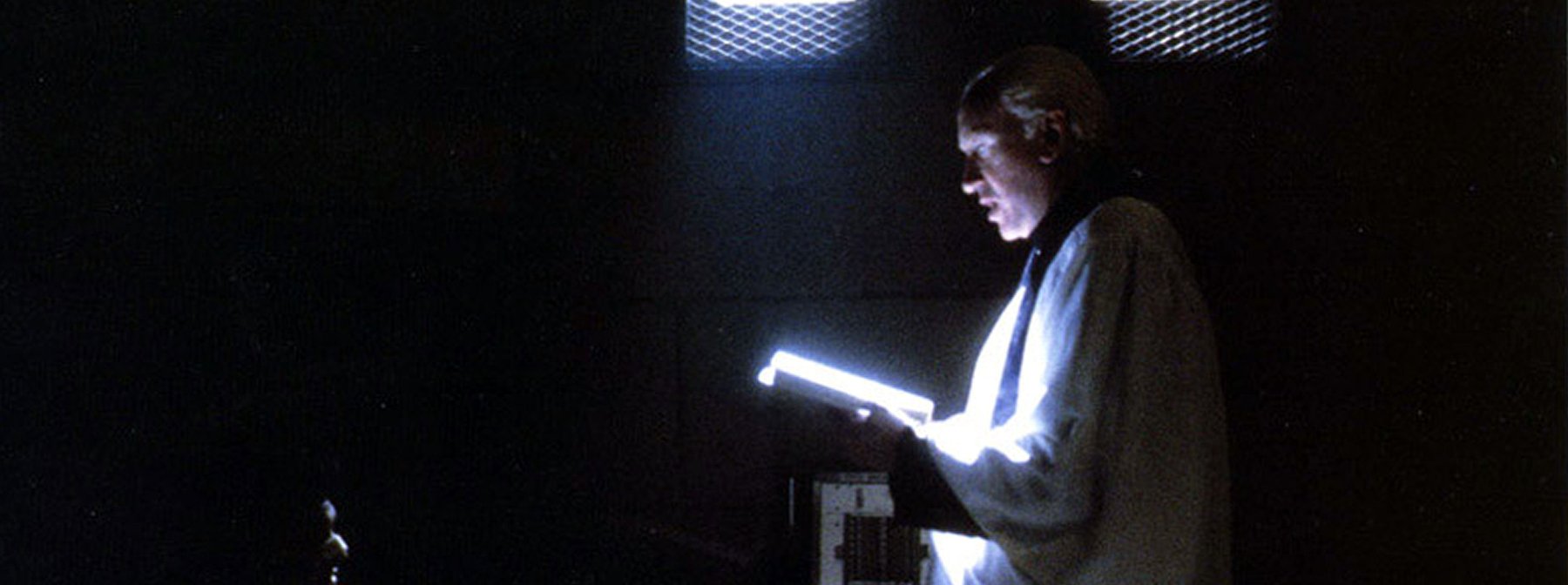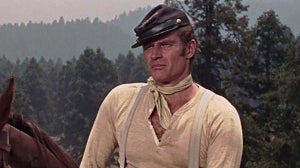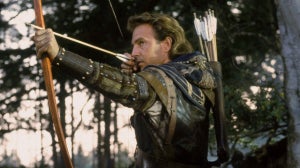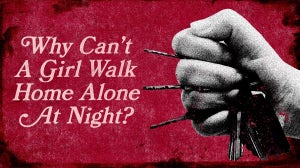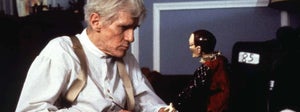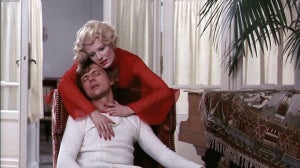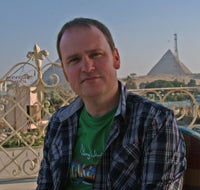
Like its predecessors, the troubled production and critical release of William Peter Blatty's The Exorcist III, is as unbelievable and as chaotic as the film itself. Yet, despite it now being considered a flawed but worthy entry in The Exorcist franchise, and eschews John Boorman's much maligned The Heretic completely, it still took a lot of convincing, cajoling and re-watching before finally being accepted by both Exorcist fans and horror aficionados.
Given the almost-immediate classic status The Exorcist was afforded seventeen years earlier, it’s hardly surprising on its initial release into cinemas that The Exorcist III was met with universal ambivalence. There's no getting away from the fact that this is a different beast; despite occasionally treading remarkably similar ground to William Friedkin's celebrated 1973 original. For a start, it's a very talky film, almost too talky for some critics: “Too much of the movie takes place in dark rooms where people describe horrors that might more profitably have been on the screen” critic Kim Newman wrote in Empire magazine, while Time Out felt that the film suffered from “excessively wordy dialogue”, broken only by “intervals of brooding malevolence”. Others speculated that Blatty's vision had perhaps wondered a little too far from its pseudo-documentary roots, believing it now belonged firmly in the neo-noir / cop thriller genres along with films such as The First Power and The Hidden.
But, if you look carefully you'll see that more than any other entry in the franchise, The Exorcist III deals the most closely with the fragility of human faith. Blatty uses the character of Kinderman as a meditation on the nature of evil in the human species in an increasingly cruel and sadistic world. His meetings with the sardonic Father Dyer are used to ponder upon the subjects of God, faith and the nature of existence. Kinderman, through his work as a homicide cop, is pushed to the very limits of his endurance, as he begins to question the world around him - is humanity truly evil, or just a hopeless cause? Does God exist, and if so why does he not intervene in the suffering and death of others?
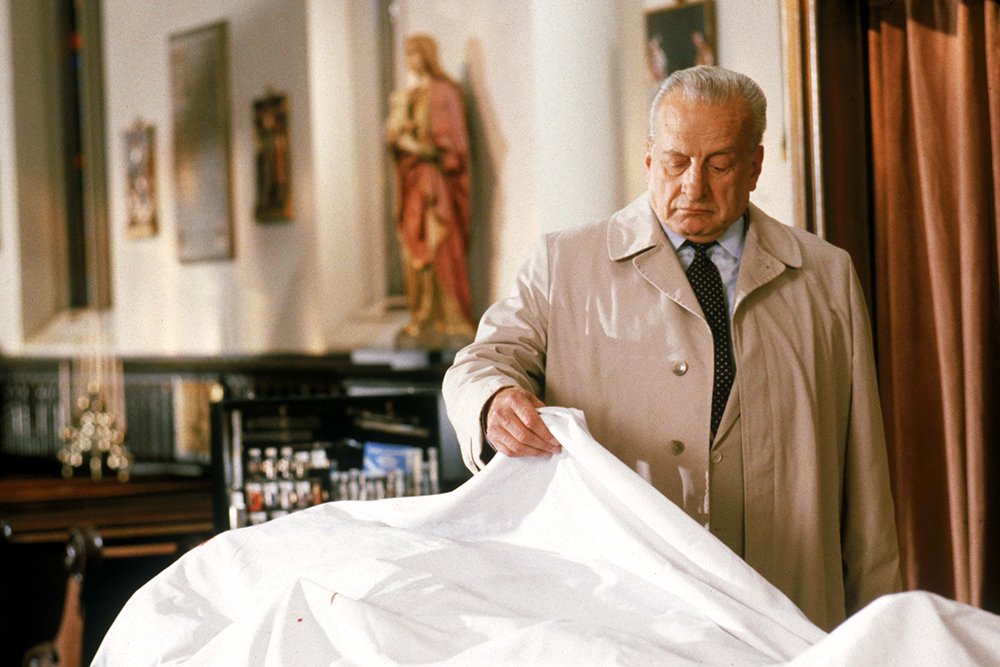
A devout Catholic, Blatty's unswerving faith is a powerful driving force behind the narrative. It was these themes that the writer became interested in exploring further, and after the success of The Exorcist in 1973 he saw his chance. But Warner Bros. wasn't interested, wanting instead a straight sequel using the same characters, but neither Friedkin or Blatty had any intention of staying on board. Instead, Blatty found himself turning to his 1966 novel Twinkle, Twinkle, Killer Kane, a story that touched upon many of the themes he now felt compelled to explore. After expanding and adapting the story into a screenplay, the writer took it first to Columbia (who placed it in turnaround), then to Universal (who rejected it outright), before finally forced to produce and direct it himself under the title The Ninth Configuration.
Although regarded by many as the spiritual sequel to The Exorcist, as well as a minor classic in its own right, The Ninth Configuration saw poor box office returns and was quickly withdrawn from cinemas by the studio. Frustrated at the film's poor reception, Blatty's thoughts began returning to The Exorcist. Fuelled largely by his utter dislike of Boorman's The Exorcist II: The Heretic, which he viewed as not just a bad film, but detrimental to the integrity of Friedkin's original, Blatty began work on a new story that would centre on Lieutenant William Kinderman, a minor character from his original novel. He took the idea to Friedkin, who was initially interested, but reluctant to return to the franchise, eventually backing out. Without Friedkin at the helm, Blatty found that studio interest in the project quickly dried up, and decided to write it as a novel instead – publishing it as Legion in 1983.
The book soon hit the bestseller list, and an emboldened Blatty decided to adapt it as a screenplay, with production companies Morgan Creek and Carolco stepping in to duke it out for the rights. After Carolco decided to weigh in with a few choice ideas of their own (such as a now-adult Regan giving birth to a pair of demon-possessed twins), Blatty understandably opted for Morgan Creek, but the relationship proved far from convivial.
Like Warner Bros. before them, what Morgan Creek really wanted was a retread of The Exorcist, but Blatty had said he'd done all he wanted to on that particular subject. The two parties suddenly found themselves at loggerheads, and the film would suffer as a consequence. Where the fractures really seem to show, threatening to finally break the film apart is the arrival of Father Morning. The character was included in the film at the insistence of Morgan Creek, who viewed Blatty's original 'Legion' cut with growing unease and alarm.
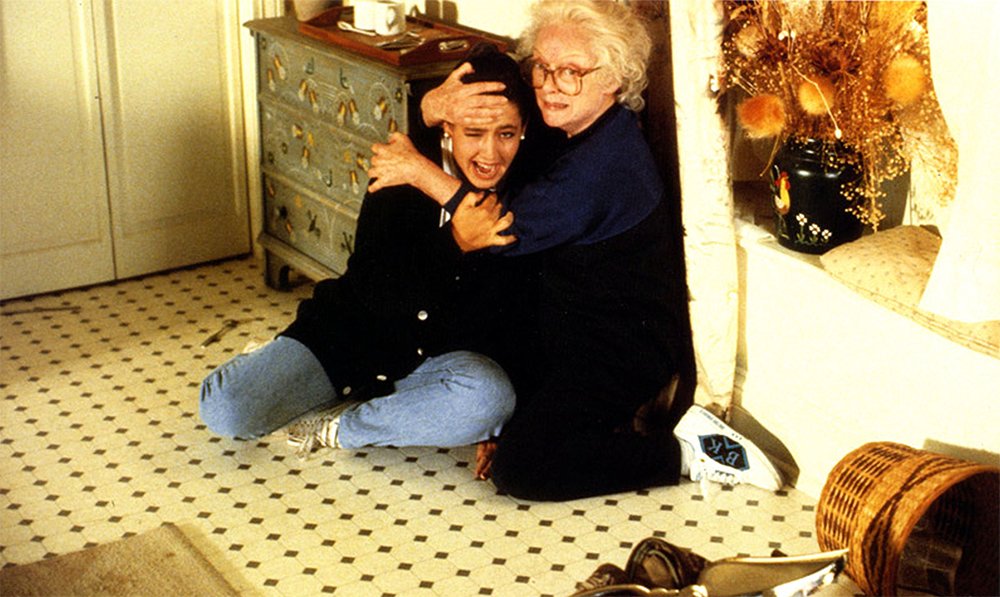
Where was the exorcism scene? Where was the shattering crescendo? The dramatic climax between Good and Evil, God and the Devil? Word came back to Blatty that the film needed more obvious links to the original film. A series of hasty re-shoots were planned, adding both the character of Father Karras and an eleventh hour exorcism. Arguably the inclusion of Karras at least adds an extra, satisfactory dimension to the film, but Morning is hurriedly introduced part the way through and then quickly forgotten, not seen again until he is bundled through the door in the final act.
Blatty died in 2017, without stepping behind the camera again. Exactly why, is unclear. There were tentative plans for a new film, a satire on The Exorcist franchise with the rather cringe-worthy title of Demons: Five – Exorcists: Nothing, but this came to naught. The two films Blatty did helm are now considered deeply flawed classics – one might even venture, mini-masterpieces of psychological horror. Whichever one is your favourite, there's no denying that The Exorcist III remains the most intrinsically fascinating – an intriguing what-might-have-been if only the studio had left well alone.
In the final analysis, what we are left with is two cuts evoking two distinct reactions: one a frustratingly flawed hybrid that almost reaches greatness, but is ultimately dashed at the crucial moment by studio interference and schizophrenic editing; the other an absorbing, often spine-tingling, yet thoroughly imperfect restoration, an unsatisfactory peek into the director's original intention. Either way, some 30+ years later, The Exorcist III remains a captivating experience.

